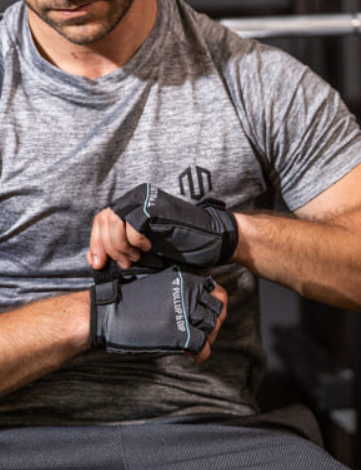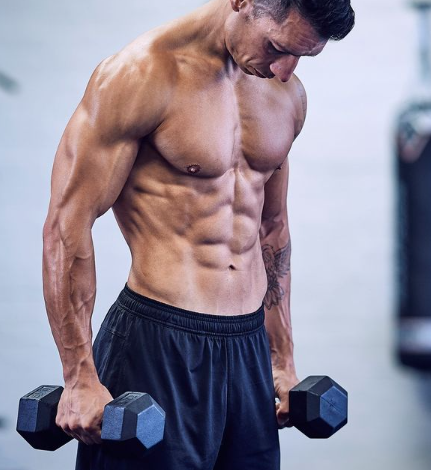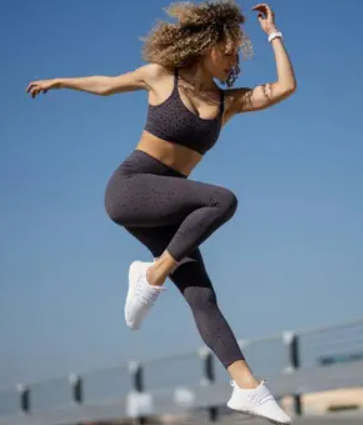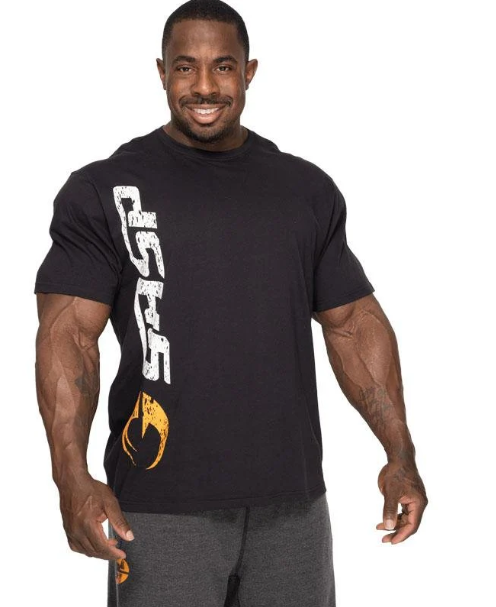
Chalk vs. Training Gloves: Which Is the Better Choice for Your Grip?
A strong grip is essential in strength training—without it, holding onto weights becomes a challenge. While lifting straps can provide a temporary solution, they don’t address the root issue of weak grip strength. Two popular alternatives are chalk and training gloves, each with its own advantages and drawbacks.
The Case for Chalk
Chalk, particularly magnesium carbonate, is widely used by weightlifters, gymnasts, and climbers to absorb sweat and improve grip. Available in blocks, powder, or liquid form, chalk enhances contact with the bar, making it a favorite among those who prefer a bare-handed feel.
One of chalk’s biggest perks is its affordability. Additionally, many athletes appreciate the ritual of applying it before a set, helping them mentally prepare for heavy lifts. However, chalk has its downsides. It can create a mess, leaving white residue on equipment and hands. Some gyms even ban its use due to the cleanup required.
Another consideration is that chalk doesn’t protect against calluses or blisters. If soft hands are a priority, chalk won’t help. While it’s an effective grip aid, the inconvenience and potential restrictions may make it less appealing for some.
The Benefits of Training Gloves
Weightlifting gloves provide a different solution. Designed to absorb sweat and improve friction, they offer a consistent grip throughout a workout. Many gloves feature padded palms or textured surfaces for extra traction, though some users find them less effective as they become saturated with sweat over time.
Gloves also serve as a protective layer, preventing calluses and blisters—ideal for those who want to keep their hands smooth. However, they can alter the feel of the bar, reducing sensory feedback and potentially affecting performance. Some lifters also dislike the added bulk, arguing that it makes gripping thicker bars more difficult.
It’s worth noting that gloves aren’t permitted in competitive powerlifting and weightlifting, so athletes in those sports may prefer chalk.
Making Your Choice
Ultimately, the decision comes down to personal preference. Chalk offers a traditional, no-nonsense grip solution but lacks hand protection and can be messy. Gloves provide comfort and prevent calluses but may interfere with bar feel and grip strength.
The best approach? Try both. Test them in different training scenarios and see which one aligns with your needs. Whether you prefer the raw feel of chalk or the protection of gloves, the right choice is the one that helps you lift with confidence.






